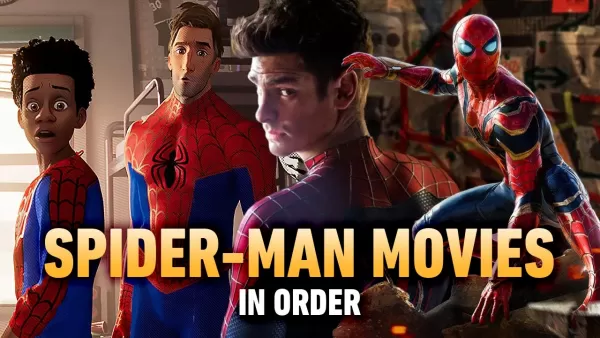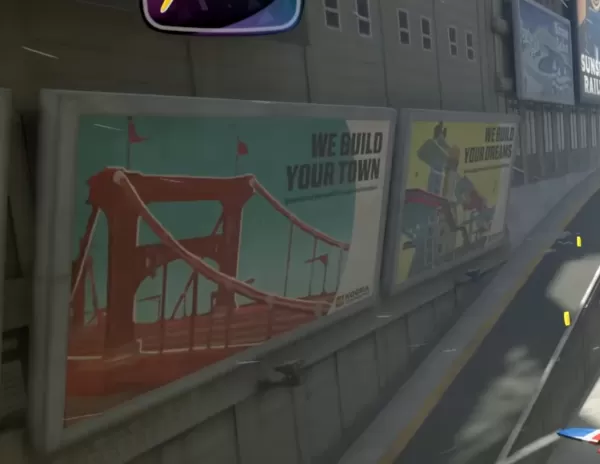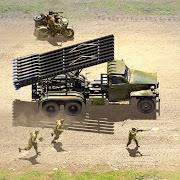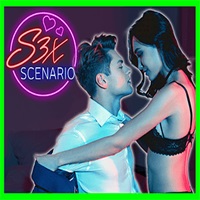The beloved plumber brothers, Mario and Luigi, almost got a grittier makeover in their latest game, but Nintendo stepped in to keep things classic. Let's delve into the artistic journey of Mario & Luigi: Brothership.

Exploring Different Visuals
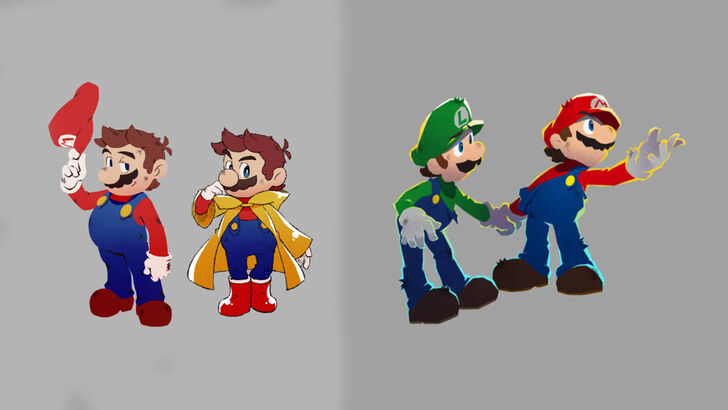
Image from Nintendo and Acquire
According to a December 4th Nintendo developer interview, Acquire, the game's developers, initially envisioned a more rugged, edgier Mario and Luigi. However, Nintendo felt this deviated too far from the established characters.
Akira Otani and Tomoki Fukushima (Nintendo) and Haruyuki Ohashi and Hitomi Furuta (Acquire) discussed the development process. Acquire aimed for "3D visuals that would bring out the unique appeal" of the series, differentiating it from other Mario games. This led to experimentation, resulting in a surprisingly edgy Mario design.
Furuta recounted the initial design, laughing, and the subsequent Nintendo feedback emphasizing the need for a distinctly recognizable Mario & Luigi aesthetic. Nintendo provided a document outlining the series' defining characteristics. Furuta admitted initial concerns about whether the edgier design resonated with players' expectations.
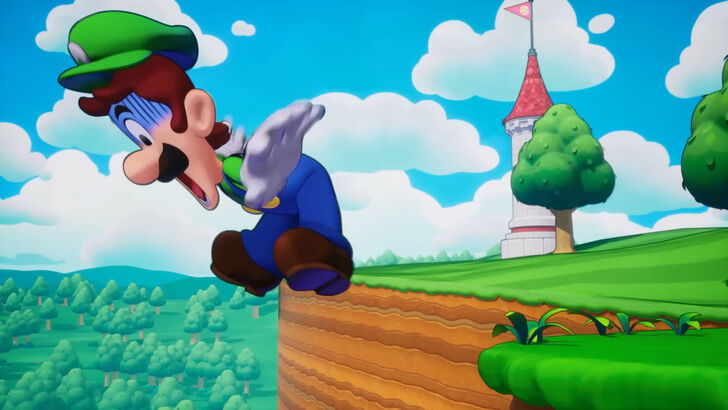
The final art style blended "the appeal of illustrations featuring…solid outlines and bold, black eyes, and the charm of pixel animations." Otani added that while Nintendo encouraged Acquire's unique style, preserving the essence of Mario was crucial. The collaboration focused on balancing these two elements.
Navigating Development Challenges
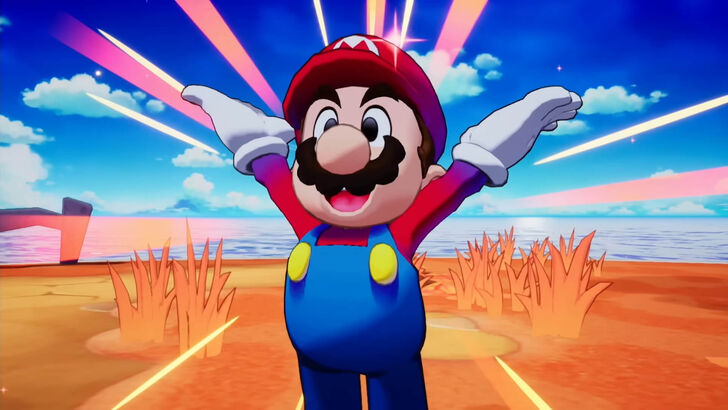
Acquire, known for titles like Octopath Traveler and Way of the Samurai, typically works on less vibrant, more serious games. Furuta acknowledged their tendency towards darker RPG styles. Developing a game based on such a globally recognized IP also presented unique challenges, as they rarely collaborate on projects featuring pre-existing characters.
Ultimately, the collaboration proved successful. The team's decision to prioritize "fun, chaotic adventures" shaped the game's world and visuals. Nintendo's design insights improved clarity and playability, resulting in a brighter, more accessible game.

